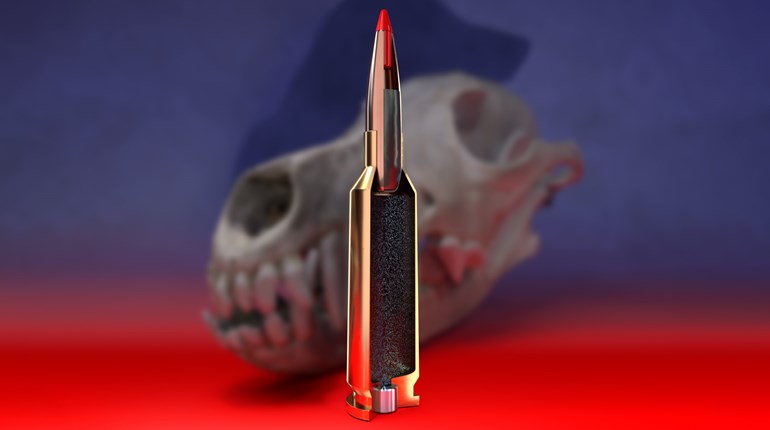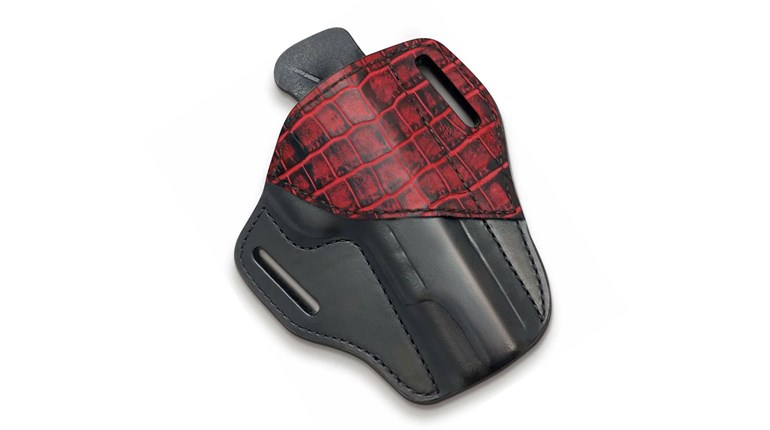
Supply lines are critical in any military operation, and when self-defense-firearm sales soared during the COVID-19 pandemic, gun makers were caught in a historic battle to meet that demand. Their efforts were nothing short of heroic—often quite creative—and Shooting Illustrated asked several experts how they did it and if more problems are looming.
The attack was on multiple fronts. Shipping-container shortages, stalls at ports, raw-material production throttled during the height of the pandemic and many more created a perfect storm at every manufacturer. The firearm industry wasn’t immune.
“I don’t think we ever completely ran out of anything, but delivery times increased substantially so we had to order larger quantities than normal and order much earlier than we would have pre-pandemic,” said Bill Wilson, president and CEO of Wilson Combat. “The disruption of and huge increase in the cost of shipping actually hurt us more than any material shortages.”
“We did encounter raw-material shortages in all categories, but ammunition was the most impacted,” admitted Tom Taylor, chief marketing officer and executive vice president of sales at SIG Sauer. “As you know, this was industry-wide and it was very real. However, in most cases we were able to overcome shortages. The bigger issues were supply and demand and cost. We were able to maintain or increase in most categories, especially firearms, but we and the industry simply couldn’t keep up with demand. While we did the best we could to hold the line of prices, raw material costs and shipping fees skyrocketed.”
Chris Killoy, president and CEO of Ruger, explained during a quarterly investor’s conference call on May 5 that, “Our supply chain teams have done a fantastic job being able to, well, go over every nook and cranny in terms of suppliers and get what we need.” He added, “But we’re seeing some pretty heavy increases, things like stainless steel, we’re seeing as high as 7 percent increases last year. Alloy steel up 15 percent, aluminum up 20 percent. So those are some pretty heavy hits when you look at commodity prices, as well as things like freight costs and things of that nature.”
SIG Sauer is also feeling that inflation. “At this point, this struggle is more about cost than keeping raw materials in stock,” Taylor said. “We will figure out how to get raw materials, it’s the dramatic cost increases, fees and shipping costs that are the bigger issue.”
Increasing the amount of raw material on hand is expensive up and requires additional storage space, but that heavier inventory would provide some shelter in a wildly fluctuating market. That financially speculative approach isn’t a defensive posture the companies are in complete agreement on.
“I think we’re seeing our ability and our strong balance sheet to buy forward on raw materials helps us both in terms of something like protecting against inflation as well as making sure we have available steel, aluminum, etc. to weather any downturn from a supply standpoint,” Killoy told investors during a February conference call.
“We’re not necessarily keeping more raw material on site, but we’re booking a lot of material for release delivery as we need it,” Wilson explained. “Especially stuff like extrusions that have a long lead time.”
“SIG has taken many steps to keep more raw materials on hand and increase internal capabilities and capacity in order to be better prepared if something like this ever happens again,” Taylor emphasized. “We have been in a constant mode of trying to balance significant raw material and shipping cost increases and keeping our prices in line as best we can.”
Wilson said the biggest change is the realization that things no longer happen fast. “As an example, we’re building a new plant in Texas for Lehigh Defense. Roll-up doors and windows now take 6 to 8 weeks to get,” he said. “Pre pandemic, things like this were available virtually overnight when needed.”
A more ominous warning came from Taylor. “This is an ongoing issue and may only get worse as the large, name-brand shippers, unfortunately, consider their position regarding products like firearms,” he said.



































